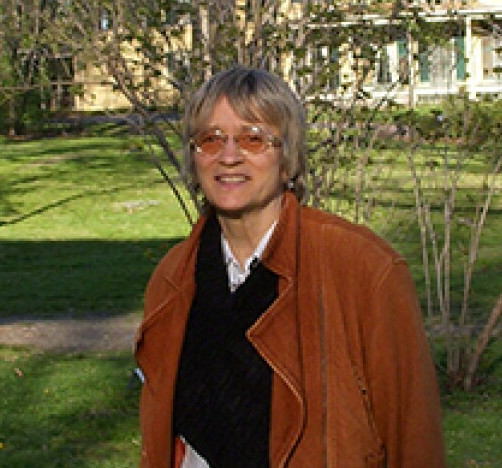
Last Friday, I had the honor of presenting to Jane Ira Bloom the Jazz Journalists Association 2017 Award for Soprano Saxophonist of the Year. Jane was at Amherst College to perform her new work, “Wild Lines: Improvising Emily Dickinson.” The August 11 concert was sponsored by the The Emily Dickinson Museum in conjunction with a Dickinson conference.

In a statement about what drew her to the poet’s work, Bloom says, “I didn’t always understand her but I always felt Emily’s use of words mirrored the way a jazz musician uses notes.” In the video below in which she talks about incorporating dance-like motion in her saxophone playing, Jane reflects on another aspect of her artistry that makes her approach to improvising Emily so powerful, saying that when she plays a ballad, “It almost feels to me like I’m singing the lyrics into the horn.”
Bloom premiered Wild Lines: Improvising Emily Dickinson last year at Bezanson Recital Hall at UMass, and she’s just released a recording of the 80-minute work on her label Off-Line. Like the album, Friday’s concert featured actor Deborah Rush reciting poems by Dickinson, and Bloom’s quartet with pianist Dawn Clement, bassist Dean Johnson (spelling Mark Helias), and longtime collaborator Bobby Previte on drums. The album includes two discs of the same 15 pieces, the first all-instrumental, the second in new takes that incorporate Rush’s recitations.

Playwright William Luce and the late actor Julie Harris introduced theatergoers to Emily as “The Belle of Amherst” in 1976. The play ran for 116 performances on Broadway, then was produced for a PBS special and subsequently performed by Harris nationwide for the next forty years. The Wall Street Journal review noted qualities in Harris that also apply to Bloom. “With her technical ability and her emotional range, Miss Harris can convey profound inner turmoil at the same time that she displays irrepressible gaiety of spirit.”

Hartford writer Owen McNally, in a preview of last year’s premier of “Wild Lines,” read Emily as “the Thelonious Monk of poetry.” McNally found a similarity not only in the unique rhythmic pulse of her metre, but the parallel courses of neglect, mixed reception, and world renown that attended both Monk’s and Emily’s lives and legacies.
As with jazz, I experience something in the nature of surprise every time I read Emily, whether it’s through a turn of phrase or a resolve that carries the suddenness of a punch line. It also occurs in titles that barely hint at a poem’s content, such as her poem about the shortening of late summer days, “There Comes a Warning Like a Spy.”
“There comes a warning like a spy
A shorter breath of Day
A stealing that is not a stealth
And Summers are away.”
Wild Lines includes Jane’s “Singing the Triangle,” which she’s seen here playing with Helias and Previte at Cornelia Street Cafe in New York. It’s based on Emily’s journal entry about a circus arriving in town and setting up shop on Triangle Street, the Amherst street that also fronts on the cemetery where she’s buried and where countless devotees pay homage on visits to the Dickinson Museum
